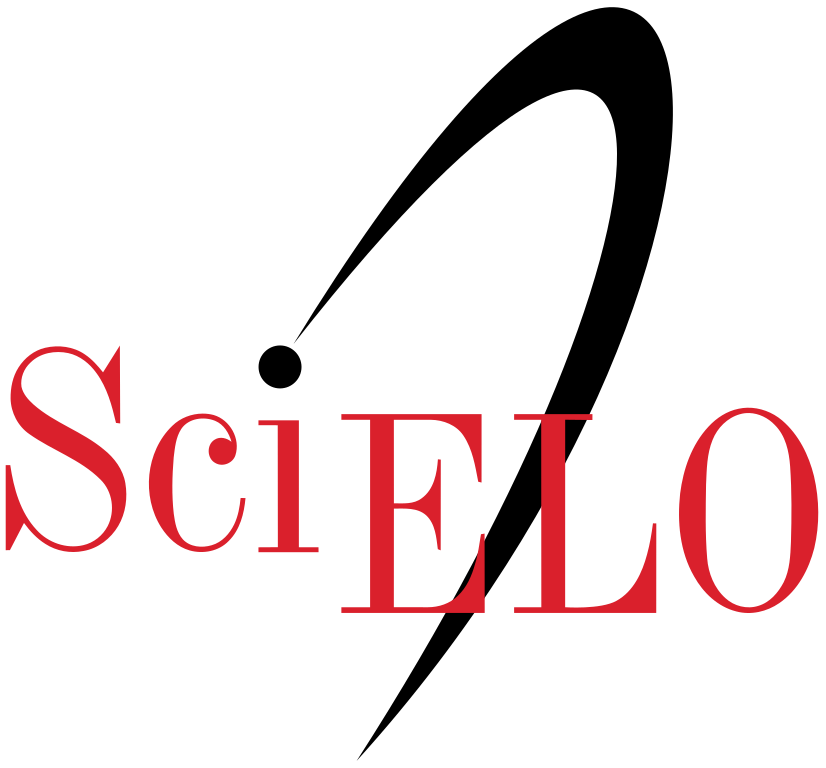Structural damage detection by using genetic algorithms: a comparison of different types of individual coding
Abstract
AbstractIn this paper, genetic algorithms are used to solve the structural damagedetection problem. Three types of representation of individuals are com- pared: binary, real and binary with redundant representation. The binary
and real-coded algorithms compute the damage extension for each element
in the structure, therefore, a re-starting process of individuals is used. The
redundant representation algorithm searches the damaged elements in a
dynamic way and quantifes the damage for these elements only. A truss
structure under different damage scenarios
is analyzed, being damage
considered a reduction in the elasticity module of the damaged element.
Results show that the redundant representation algorithm presents the
best option to locate and quantify damage in a structure.
How to Cite
[1]
J. D. Villalba Morales and J. E. Laier, “Structural damage detection by using genetic algorithms: a comparison of different types of individual coding”, Ing. y Des., vol. 27, no. 27, pp. 169–186, Sep. 2010.
Issue
Section
Articles









